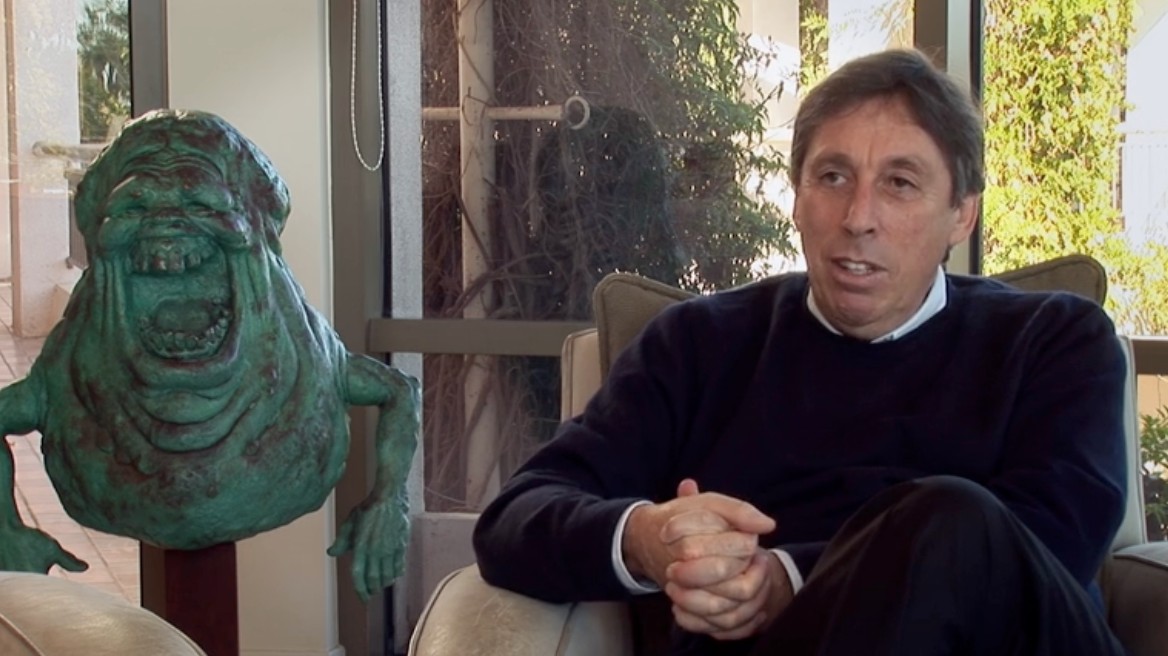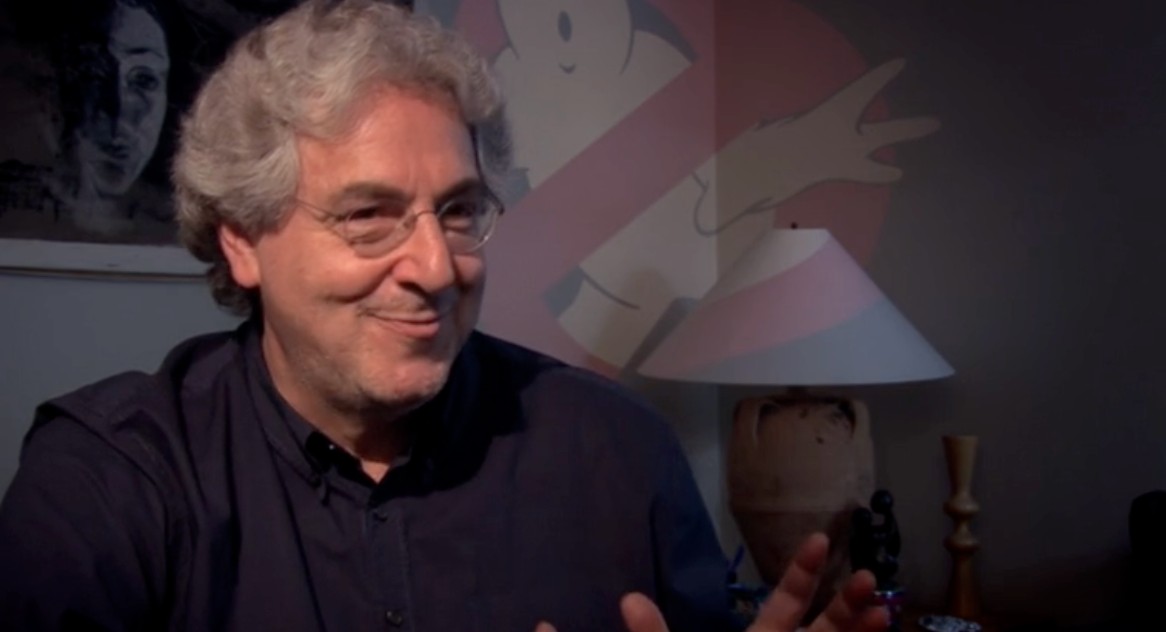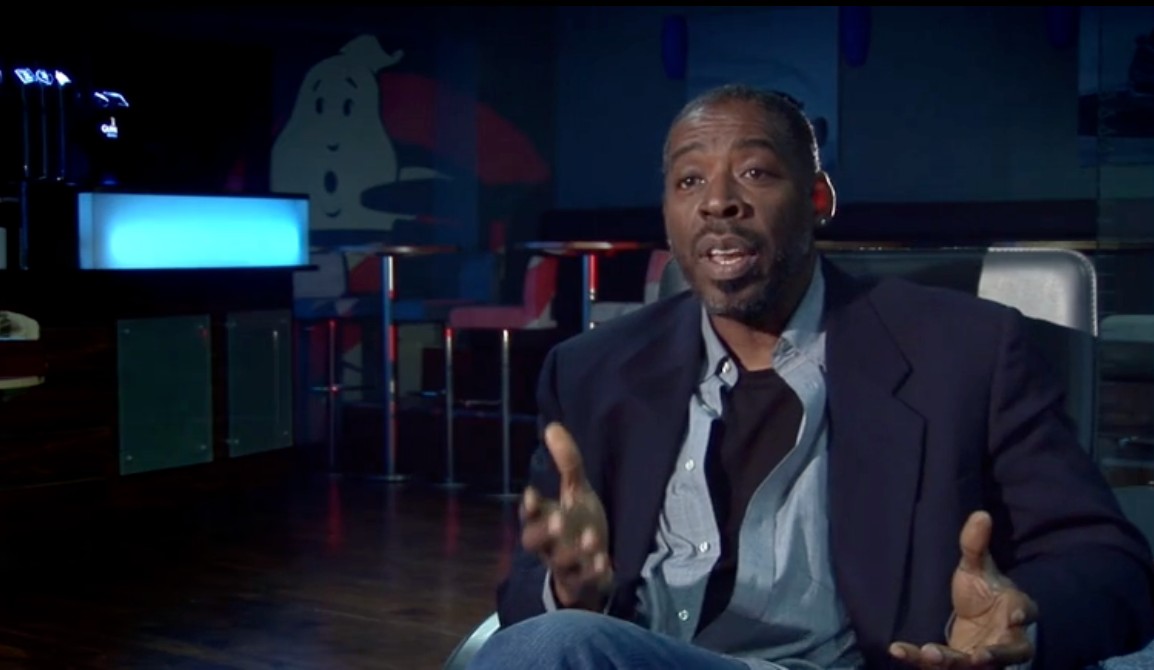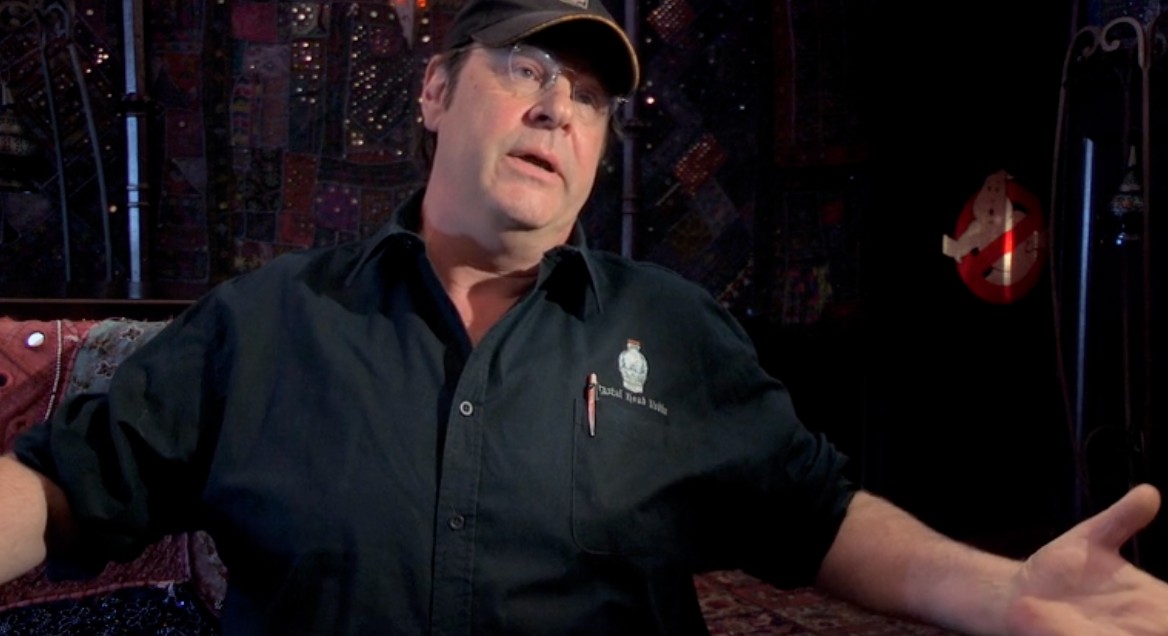It’s been more than 35 years since the original Ghostbusters introduced the world to a ragtag team of paranormal investigators who managed to save Manhattan from a disaster of biblical proportions.
- After working on it as long as you did, how did you finally decide you had enough material to put it all together and release it?
- Was there one particular interview you were really excited to get, both as a fan and a filmmaker?
- Was it easy to get people to talk about the film this many years after they worked on it?
- And the more interviews you do, the bigger the story becomes …
- Crackle provided Digital Trends with the following clip from Cleanin’ Up The Town: Remembering Ghostbusters, featuring Harold Ramis.
- Was there a certain part of the filmmaking process that was particularly troublesome for you?
- What was one of the most surprising things you learned about the original film in making this documentary?
- “Making of” projects can be risky, because a project’s biggest fans typically know so much about it already. How do you create the balance when making a movie for casual fans and people who already know a lot about Ghostbusters?
- Looking back on the last 12 years, what do you hope people will get from the film that will make you feel make like it was all worth it in the end?
Directed by Ivan Reitman from a script penned by Dan Aykroyd and Harold Ramis, the 1984 film earned a pair of Oscar nominations on its way to becoming a cultural touchstone for generations of movie fans. Filmmaker Anthony Bueno is one such fan, and along with his sister, Claire Bueno, he has spent the last 12 years creating what many Ghostbusters fans are calling the definitive documentary on the making of the film.
Cleanin’ Up The Town: Remembering Ghostbusters premieres June 18 on the free, ad-supported streaming service Crackle. Digital Trends spoke to the duo about the 12-year saga that brought Anthony and Claire — the film’s director and producer, respectively — to this point and what they learned from spending more than a decade immersed in Ghostbusters lore.

Digital Trends: So, let’s start at the beginning. Why Ghostbusters?
Anthony Bueno: Because it is the best film to come out of the 1980s.
Claire Bueno: It is your favorite film since childhood, isn’t it?
Anthony: It is! It’s my favorite film of all time. When we were dipping our toes into these retrospective making-of projects, it was always like, “Let’s have a go at Ghostbusters.” That was basically it. And yes, it was kind of naive, like, “Let’s do a documentary on Ghostbusters. It’ll be a laugh, won’t it?”
So how did that simple suggestion turn into a 12-year project for you both?
Claire: It really was an epic project. We made a very conscious decision early on to retain creative control, so we self-funded the project and would do contract work while saving all our money. We’re based in the U.K., so instead of going on holiday, we would save all our money and fly over to the United States to make the documentary. Logistically, it became more and more expensive. We had a decade with more than one recession, and money became less and less at our fingertips.
So it did take a lot longer than expected. We ended up having a Kickstarter eight years into the project, before our final bit of filming. And then we spent four years refining it. But we never thought in a million years we’d be able to bring it to the international market, and now we have — and we’re very, very fortunate to be here, and very excited about premiering it on Crackle.
After working on it as long as you did, how did you finally decide you had enough material to put it all together and release it?
Anthony: I don’t know if there was ever really a point where we were like, “That’s it, we’re done!” In making this doc, we learned about all of the extra layers there are in the film industry with distribution and things like that. Every time we thought we were done, someone was like, “Yeah, no. Have you done this, this, and this?” And no, we hadn’t. “So it’s not done yet, is it?” And then you go on another little journey and find out there are all these other aspects of filmmaking to be sure everything is set up the right way and accessible. There are so many things we didn’t know anything about before, but we do now.
Was there one particular interview you were really excited to get, both as a fan and a filmmaker?
Anthony: We always knew we needed Dan Aykroyd, and if we didn’t have him, we didn’t have a Ghostbusters documentary. It ended up taking four years to secure his interview. In that time, we’d actually interviewed Ivan [Reitman] and Harold Ramis and Sigourney [Weaver], and everybody else. But from the very beginning, it was like, “Once we get Dan Aykroyd, we’ve got a doc.”

Was it easy to get people to talk about the film this many years after they worked on it?
Anthony: What kept happening was, while we were interviewing one person — typically on the effects side of things — they would say, “Have you talked to this person? No? Hold on, I’ve got their number.” And then you interview that person, and then they give you someone else, and so on.
Claire: Yeah, it was very organic like that.
And the more interviews you do, the bigger the story becomes …
Anthony: Yes, and it just became this much bigger project than we originally thought we would be able to do. It was always my ethos from the beginning that everyone we interview would be in the film. I didn’t want to interview them and not have their story represented in there. They all had a story tell and a personality to show. So trying to make sure all those boxes were checked made the edit quite a process.
Claire: From an objective point of view, though, it wasn’t that you were so precious about the film and needed to keep tweaking this or that. It was that you knew what film you wanted to make, and then once you have everything you need, you have to get the film prepared for distribution legally and you inevitably need to make changes to format it for release in this way or that way, and you need to do things in post-production with the sound mix and color grade. All of that was more years in the process. So it did take a long time, but it wasn’t necessarily because you were being finicky artistically. It was much more about all of the contract clauses and behind-the-scenes things we learned about as we went along.
Anthony: Next time around, we’ll be able to leapfrog around a lot of these things, now that we’re aware of them going into a project.
Crackle provided Digital Trends with the following clip from Cleanin’ Up The Town: Remembering Ghostbusters, featuring Harold Ramis.
Was there a certain part of the filmmaking process that was particularly troublesome for you?
Claire: The hardest part of the film was actually getting it completed — particularly finishing the edit and getting all of the motion graphics. There were over 500 motion graphics in the film, and that took four years to do right there.
Anthony: Editing took me about a year and a half, I think. And then, we still did more interviews afterwards. We’re doing another documentary on Ghostbusters II, so that was another part of it, and we were doing interviews for that on top of everything else, too.
What was one of the most surprising things you learned about the original film in making this documentary?
Claire: For me, it was definitely the innovation they used in building cameras and working with Kodak to create the film stock they needed. And also, the way the whole team worked together under [visual effects producer] Richard Edlund. That was really, really fascinating. We’re geeky and into technology, so learning how they built the cameras for the film — and during it — was fascinating. They literally had a bucket of parts on hand they would use to build and make cameras on the spot.
Anthony: That ingenuity just blew my mind. I also didn’t know the extent of how Ernie [Hudson] and his character changed at the last minute. I must have heard about it before and we asked about it, and then all of this stuff poured out that was new to me. There were so many nice anecdotes and stuff that you want to hunt and find out when making a film like this.

Claire: There’s also an [issue with] the credits at the end of the original film, too. People were left off the final list. That became something I felt quite passionate about, and poor Richard Edlund, I badgered him to set the record straight. But we got it in the end, fortunately. We felt like we needed to set the record straight on that, and I think we did.
“Making of” projects can be risky, because a project’s biggest fans typically know so much about it already. How do you create the balance when making a movie for casual fans and people who already know a lot about Ghostbusters?
Anthony: That’s a very good question, because it really is quite tricky. You want to create a commercial product that appeals to that broader audience, but you also want that granular information [for fans], too. And now that people have seen the film, we’re hearing from casual viewers who say they want to know more about the effects of Ghostbusters on the world and popular culture and stuff like that, while the longtime fans want something else entirely and very specific. The thing is, we had all of that, but we had to bring the edit down — at one point, the doc was about 3 hours long.

I knew we had enough to strike that balance, and I think we did. We still go into some things a bit more granular, even after cutting down Slimer’s bit from 20 minutes to 9 minutes. You really are trying to weave between the stuff they know about and the stuff they don’t, and it’s a difficult balance to blend. Fortunately, a lot of fans have seen it and told me they never knew certain things in it, and with the bits on John Belushi and Slimer and such, some of that information is out there, but not as well-known.
Claire: … Like some of the very interesting actresses who were up for the part of Dana! We won’t mention them here because we want you to see it, but you can see the auditions for many of them.
Looking back on the last 12 years, what do you hope people will get from the film that will make you feel make like it was all worth it in the end?
Claire: I think for us, the really important part is that this is a story about the people who made this very special film, Ghostbusters. It’s a making-of documentary, but the people we talked to are the beating heart of this film. It’s about the wonderful personalities that went into making that film.
Anthony: That’s what I really wanted to make sure was there for people to see. No matter what you read in articles or hear on podcasts, you don’t get a chance to see those personalities. That’s what was important for us and I think that comes through.

The documentary Cleanin’ Up The Town: Remembering Ghostbusters will premiere Thursday, June 18, on Crackle.








